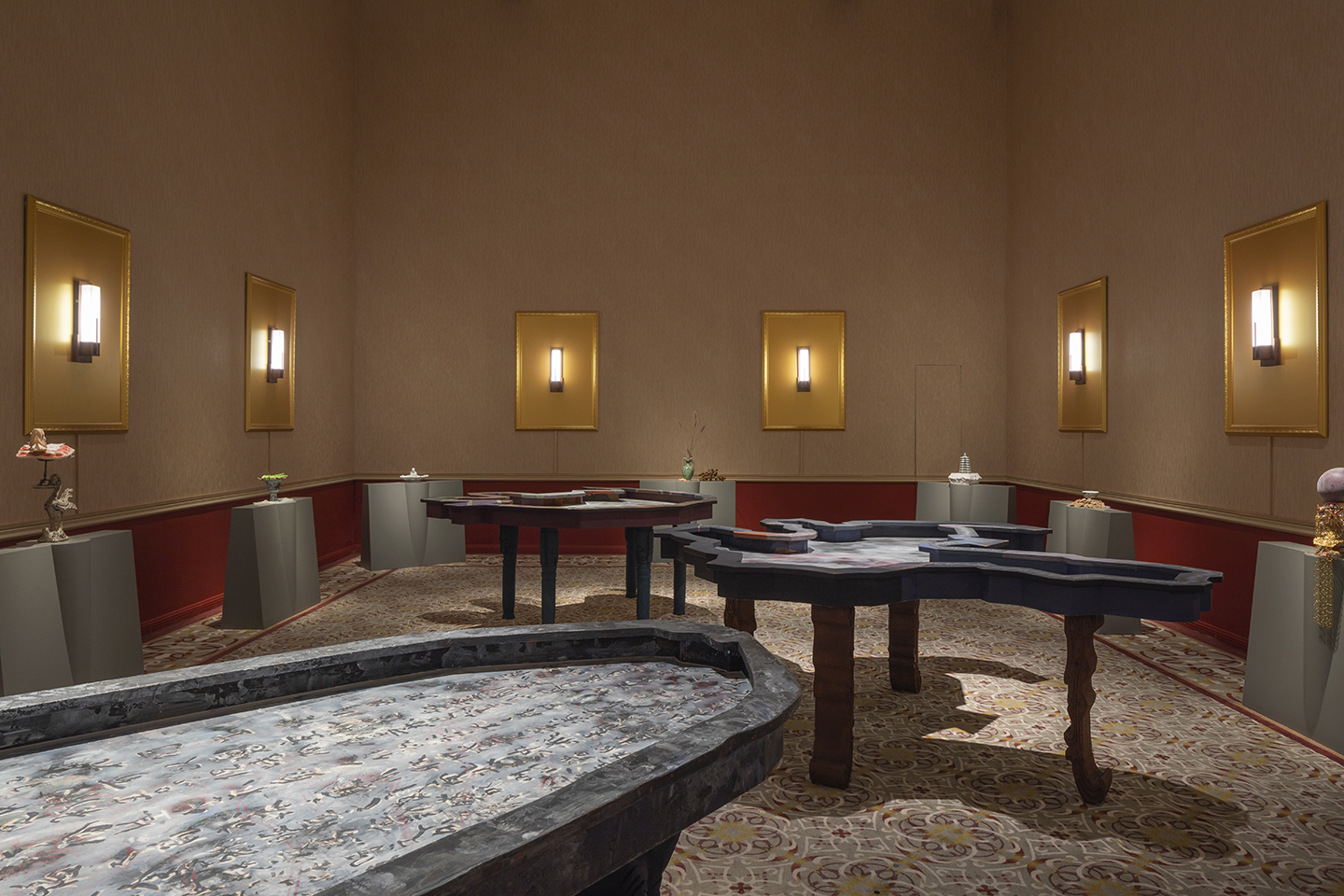Mary Farquhar, “Sanmao: Classic Cartoons and Chinese Popular Culture,” in Asian Popular Culture, ed. John Lent (Westview Press, 1995).
Xu Lanjun, 许兰君.《战争与儿童:国族,教育和大众文化》(Beijing University Press, 2015), 129.
Zhang Leping, “永做畫壇孺子牛”《文匯報》1981/6-6. Cited in Xu, 《战争与儿童》135.
Zhang and his wife had six children, but they still opened their house to many orphans for meals and shelter from time to time. Xu Xiaomin, “San Mao, the Hero with a Heart,” China Daily, October 13, 2017 →.
See the first two chapters in my book An Amorous History of the Silver Screen: Shanghai Cinema 1896–1937 (University of Chicago Press, 2005);《银幕艳史–都市文化与上海电影》(上海书店出版社 2012; 增订版2019).
Tom Gunning, “Animating the Instant: The Secret Symmetry between Animation and Photography,” in Animating Film Theory, ed. Karen Beckman (Duke University Press, 2014), 40–41. The metaphor of “braiding” is from this quote: “Cinema has never been one thing. It has always been a point of intersection, a braiding together of diverse strands,” in Gunning, “Moving Away from the Index: Cinema and the Impression of Reality,” Difference 18, no. 1 (2007): 36.
Gunning, “Animating the Instant,” 46.
Shen Congwen cited by Qian Liqun, 《1948:天地玄黄》(中华书局 2008).
Yang Hansheng had just directed Myriad Lights (1948), a family melodrama about unemployment, housing problems, and other pressing social issues that Shanghai urban dwellers faced in the postwar years.
Xu, 《战争与儿童》142–43.
